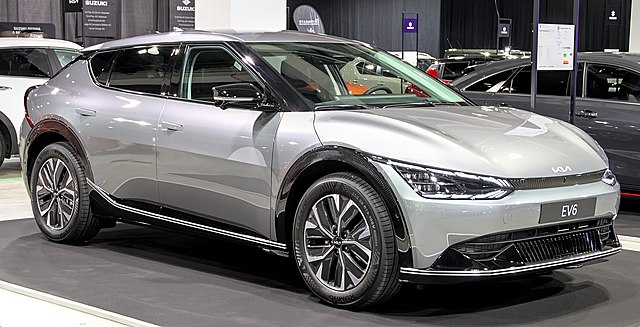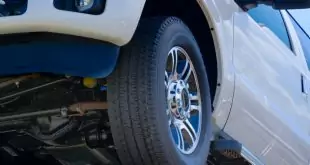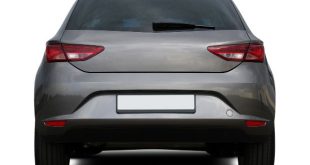All of a sudden, anyone can miss having long-distance trips with friends and family. But no matter how good the car you have, the price of gasoline may still continue to rise and intimidate your plans. Thousand-mile plans will turn into slow walks and fear because gasoline is becoming too expensive lately, and you’re on a budget. But what if we tell you, you can still go on a long-distance trip without needing to pay for gas? Today, we’ll provide you with some electric vehicle recommendations that can bring you in a longer range than you expect.

Electric Cars Capable of Long Drives
Despite sharing a drivetrain also with Hyundai Kona Electric, the two cars are successful in distinguishing themselves from one another. With its unique blend of driving attitude and elegance, the Kia EV6 successfully separates itself from the other and the rest of the compact EV class. The Kia EV6 stands out from the crowd thanks to its sleek and compact frontal end, extended greenhouse, contoured flanks, and ultra-aggressive back part with unexpected lighting.
In spite of a four-inch reduction in chassis values based on the Hyundai Ioniq 5, this vehicle is still somewhat lengthy overall. In addition, there will be plenty of room in the cabin for both passengers. There is a frunk, but rather than a fully enclosed trunk, you will find a moderately sized plastic container beneath the hood. You can finally take those family and friends camping or seaside trips you’ve been dreaming about.
Since a Hyundai Kona Electric is designed for town driving, you may find it challenging to pass, tough to accelerate off an exit, and challenging to deal with the breeze on the interstate. With its 276 hp, the Kona Electric is Hyundai’s results and athletic offering. You can confidently take your little SUV out onto the interstate with that much power, and you’ll have no trouble keeping up with traffic or passing slower vehicles.
Navigating the various menus and options on the multimedia screen of some cars can be a hassle, but not with the Hyundai Kona Electric. You can choose between an 8- or 10.25-inch display to view the excellent multimedia system’s huge graphics and fantastic menu.
Upon first glance, the Kona may well not appear to be a competent SUV. In fact, at first glance, you might mistake it for a large hatchback. The Hyundai’s compact size is a definite plus. This subcompact SUV is far more manageable in tight city streets and congestion than just a full-size SUV.
Tips When Having When Having Long Distance Drive with EV
- Search for convenient roads
When you are preparing for your trip, you must give some thought to which routes offer the most convenient access to a number of charging points. The chargers will fully charge the battery after approximately half an hour has passed. Before the charge is finished, you are welcome to take a little rest and eat some food.
- Save more battery by driving moderately
Increasing your vehicle’s top speed is not in the best interest of your electric vehicle. Therefore, it would be in your best interest to choose a route that is not a highway or a racetrack. If you discover there are numerous fast-charging stations near you, you can go at a faster pace.
- Always have alternative options
Prepare oneself for plan B in the event that plan A doesn’t work out. Typically, this is how things are done. There really is no point in wasting your time thinking about the future that are not in front of you. It goes without saying that planning and getting yourself ready to deal with the circumstances as they arise. The issue with rapid charging is likely to be your primary concern.
Conclusion
The electric vehicle industry has not yet reached its final form. Even Kia and Hyundai are still in the early phase. Hence, when driving a long distance in an electric vehicle, you shouldn’t be in a rush to reach your destination. Instead, before setting out on a lengthy travel, you should engage in extensive pre-trip planning, so that when your automobile needs to be charged, you can find yourself next to a charging point.
There may be more than one charging end just at the facility, but it’s possible that none of them are operational. You are in peril. As more electric vehicles and charging stations become available, there could reach a time in point in this process when such problems will no longer be a concern.
 World inside pictures Collect and share the best ideas that make our life easier
World inside pictures Collect and share the best ideas that make our life easier








